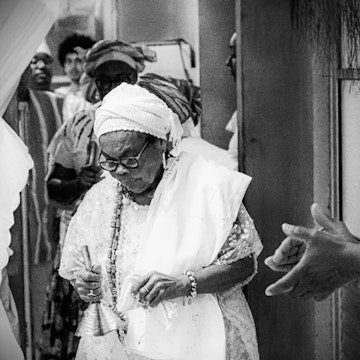Capoeira Angola - Embodied Memory, Resistance, and the Lineage of Masters
Capoeira Angola is an intangible cultural heritage and a living manifestation of the history of Black resistance in Brazil
Capoeira Angola is an intangible cultural heritage and a living manifestation of the history of Black resistance in Brazil
Developed by enslaved Africans as a disguised form of combat, it is a bodily dialogue between trickery, dance, and fighting. Its essence is intrinsically linked to the values of community, tradition, and freedom.
In a context of repression and criminalization following abolition, the old masters were crucial, acting as guardians and transmitters of this knowledge. Among them, Vicente Ferreira Pastinha (1889-1981) is the most emblematic figure. Mestre Pastinha dedicated his life to systematizing the practice, founding the Centro Esportivo de Capoeira Angola (CECA) in 1941, in Pelourinho.
This act was a landmark of cultural aquilombamento (a gathering and resistance movement), elevating Capoeira Angola from a marginalized practice to an art of profound historical value. Pastinha's philosophy emphasized the slow, low, and strategic game, transforming capoeira into a vehicle for embodied memory, where every movement is a reverence to the ancestors and an act of continuous resistance.
Pastinha was part of a lineage of masters who kept the flame alive, such as Mestre Waldemar da Paixão and Mestre João Grande. These old masters were the true cultural heroes who, facing prejudice, ensured the transmission of Capoeira Angola's legacy—this complex fusion of art, struggle, philosophy, and history—to new generations.
The strength of this tradition is manifested in its continuity through contemporary masters. The Capoeira Angola Mourão Group (GCAM), led by Mestre Veó, is a living example of this lineage. By bringing the roda (circle) to the Cajazeiras community, GCAM carries the ancestral strength of capoeira, proving that it is, in its essence, resistance and living memory in motion. The roda, by manifesting in community spaces, acts as a contemporary form of aquilombamento, affirming Afro-Brazilian identity and the incessant struggle for dignity.










